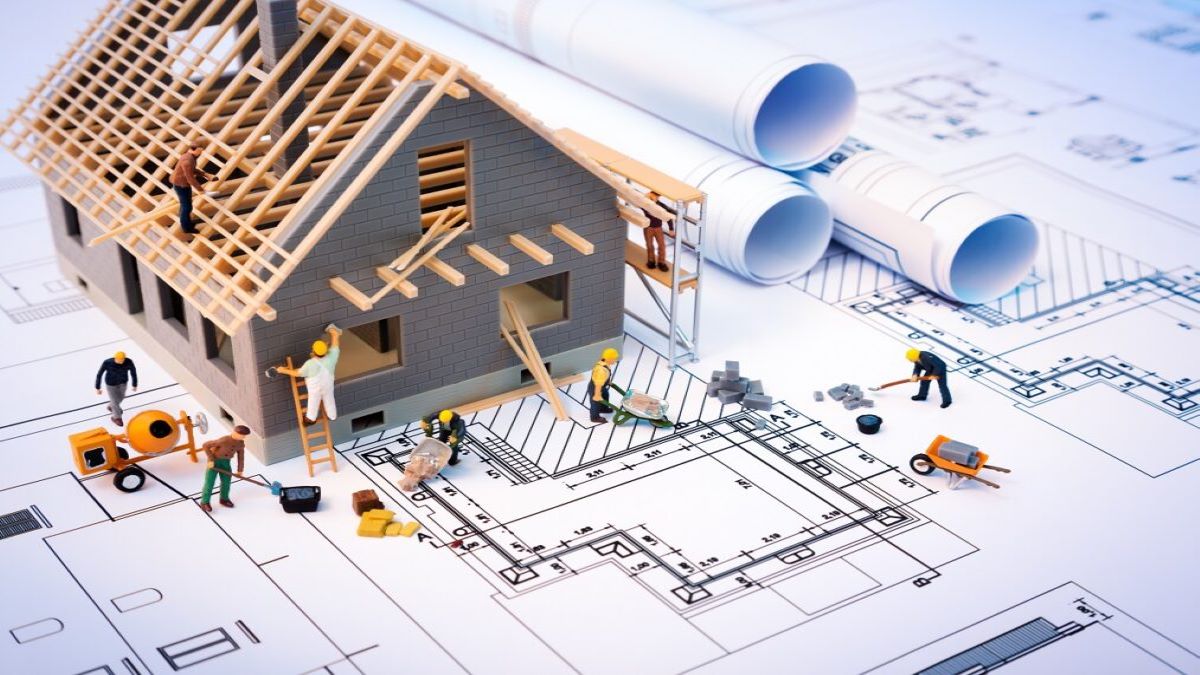Leading international organizations project that constructions represent over 41% of total global energy consumption, and approximately 28% of total carbon emissions. These reports also stress that this particular aspect makes constructions among the largest contributors to climate change. Another recent prominent report projects that residential energy will increase 7% annually in India due to the urbanisation of the country and concurrent demands for cooling needs. Therefore, there is an increased need for energy-efficient construction materials that can help to mitigate operational energy loads.
A key element of this transformation will be the building envelope, which is the barrier that separates the indoor space from the outdoor climate. Within the building envelope element, Aluminium Composite Panels are gaining traction as key facilitators of high-performance energy-efficient buildings because of their ability to control the thermal performance and low weight, as well as the fact that they are recyclable.
What is a Building Envelope?
A building envelope concerns any external wall, roof, window, and facade that separate the internal environment from the external environment. A well-designed envelope manages thermal flow, solar radiation, air infiltration and moisture, and allows them to predictably reduce a building’s heating and cooling loads, improve occupant comfort modifications, and promote long-term cost-savings upon operating bills. In countries with hot climates like India, designer mechanisms and passive design strategies will use efficient envelopes that enable the principles of sustainable development.
The reduction of energy use in buildings with ACPs
The fundamental makeup of the ACP – two aluminum sheets with a polyethylene or a mineral core – provides a natural insulation layer. Studies have found evidence that buildings cladded with ACP can see up to a 22% decrease in HVAC energy consumption over common cement plaster facades. It prevents thermal bridging and stabilizes indoor temperatures, meaning occupants do not rely on difficult mechanical heating and cooling systems.
Weight Reduction with Heavy Weight
ACPs are significantly lighter than other traditional cladding, generally between 3.5 to 5.5 kg/m², which reduces the structural load and a more straightforward installation. This reduces structural consumption, also achieving an embodied energy reduction in the construction of building products. They are similar to light-duty cladding for exterior walls, but unlike other cladding systems, ACPs remain durable and corrosion-resistant, with a lifespan of 10-30 years, which create less absolute environmental impact over time.
Solar Reflectivity and Reducing Heat
New-generation ACPs have high SRIs that reflect solar energy. Summer peak temperature data show Ahmedabad and Hyderabad exceed to 45°C in summer in the summer of 2025; this creates high surface temperatures to provide Expected Reflective Properties. ACPs contribute to reducing daylight building surface temperatures, reducing the urban heat island (UHI) and providing passive cooling if needed, reducing energy use in tropical zones.
Design Flexibility Meets Eco-Conscious Architecture
In addition to performance, ACMs also provide architects with aesthetic space to play. ACMs have a wide range of finishes that mimic wood, stone, brushed metal, matte, and gloss which gives architects many options to adjust their visual storytelling in exciting and authentic ways while also achieving their sustainability aims. With ACMs, designers can create an expressive facade without the unnecessary reliance on artificially decorative materials with high emission values; thus showing that a green conscience and beauty are not mutually exclusive!
Building Today, the Cities of Tomorrow
As India transitions towards net-carbon goals and sustainable urbanism, the role of smart materials, like Aluminium Composite Panels, will become even more important. ACMs are not just a wee skin deep; in fact, their impact extends beyond contributing to a building’s performance and operational energy savings needed for climate resilience. ACMs allow for efficient, aesthetic, and least-impact construction to bloom fully into relevance. They have passed the vestiges of the hidden aesthetic core of a building and are fast becoming intrinsically linked to the emergent phase of green building perspective. From the spine of the project, to body, to facade — ACMs demonstrate what it means to be a real green building from the first floor slab up.
Authored By: Mr. Rajesh Shah, MD of Euro Panel Products Limited


